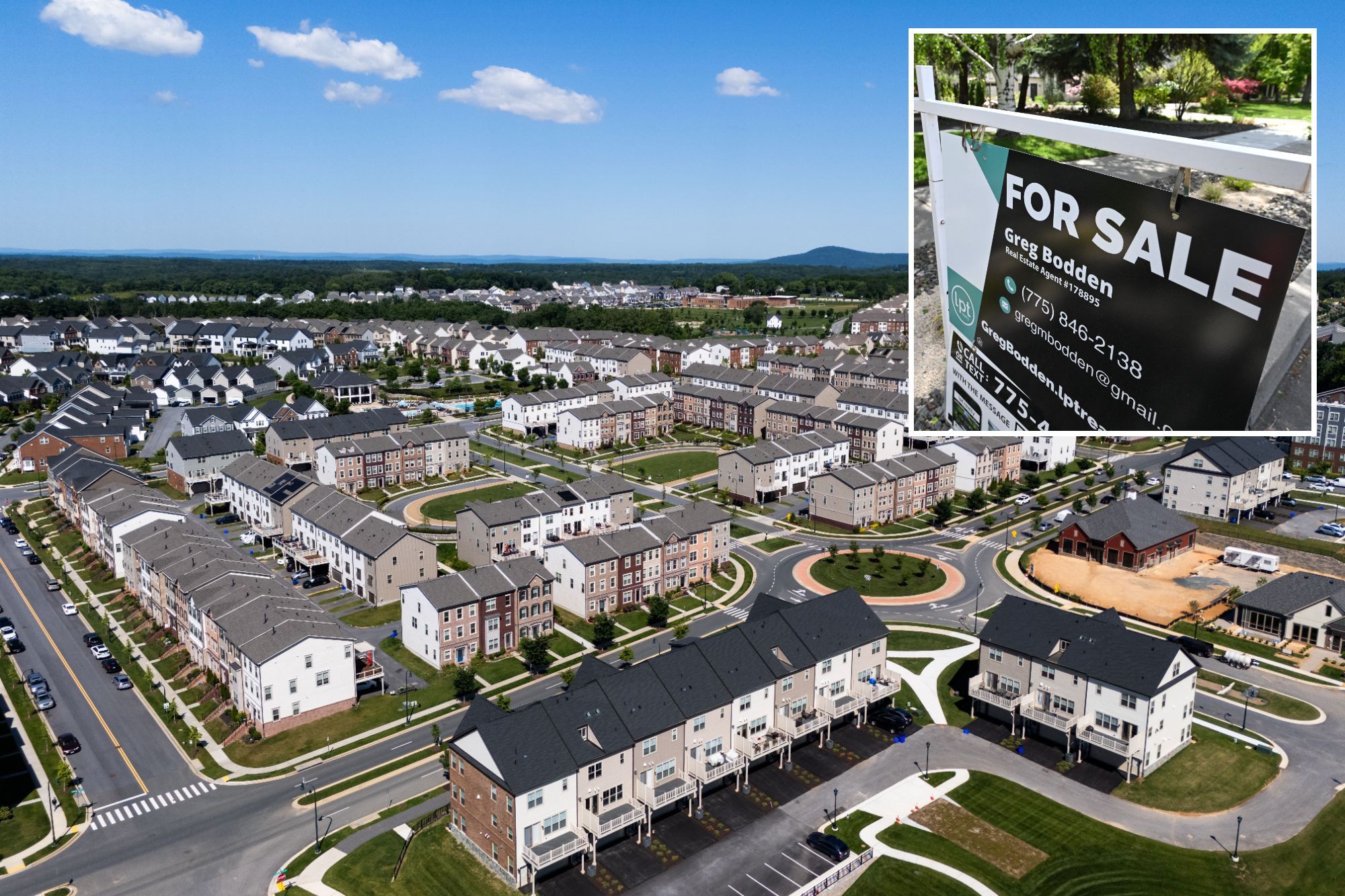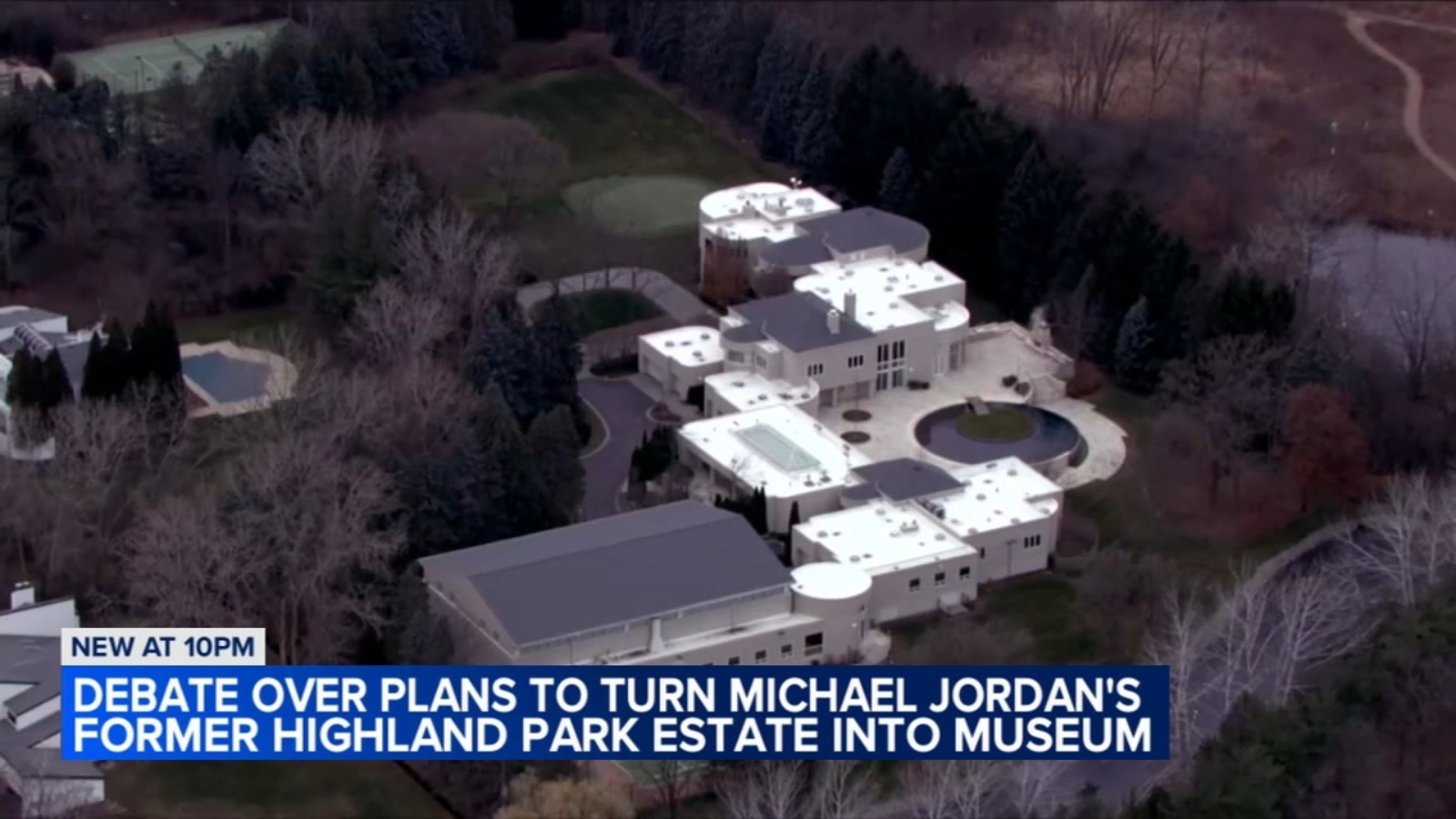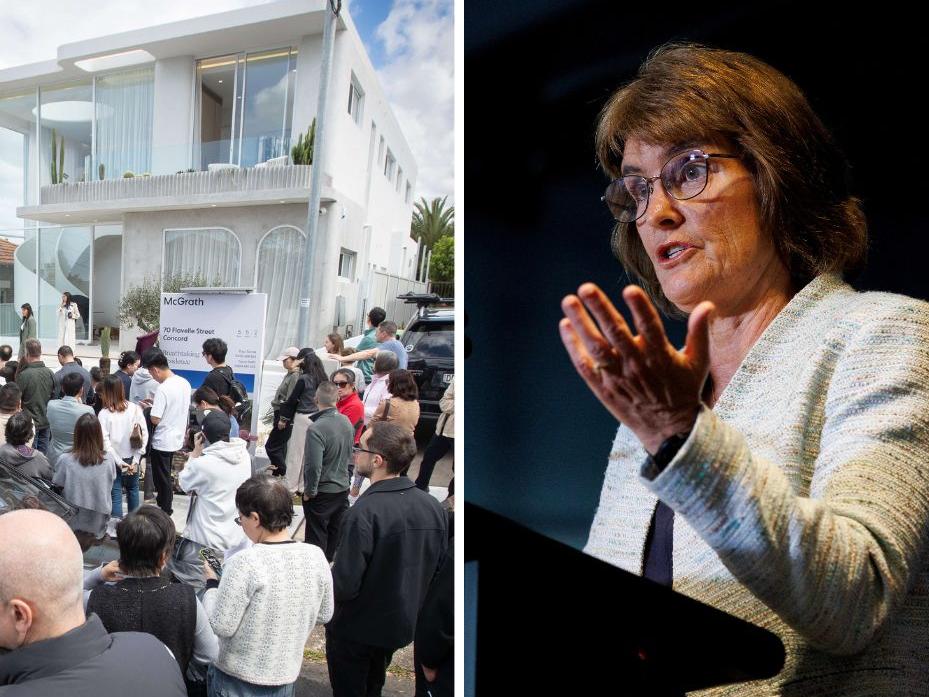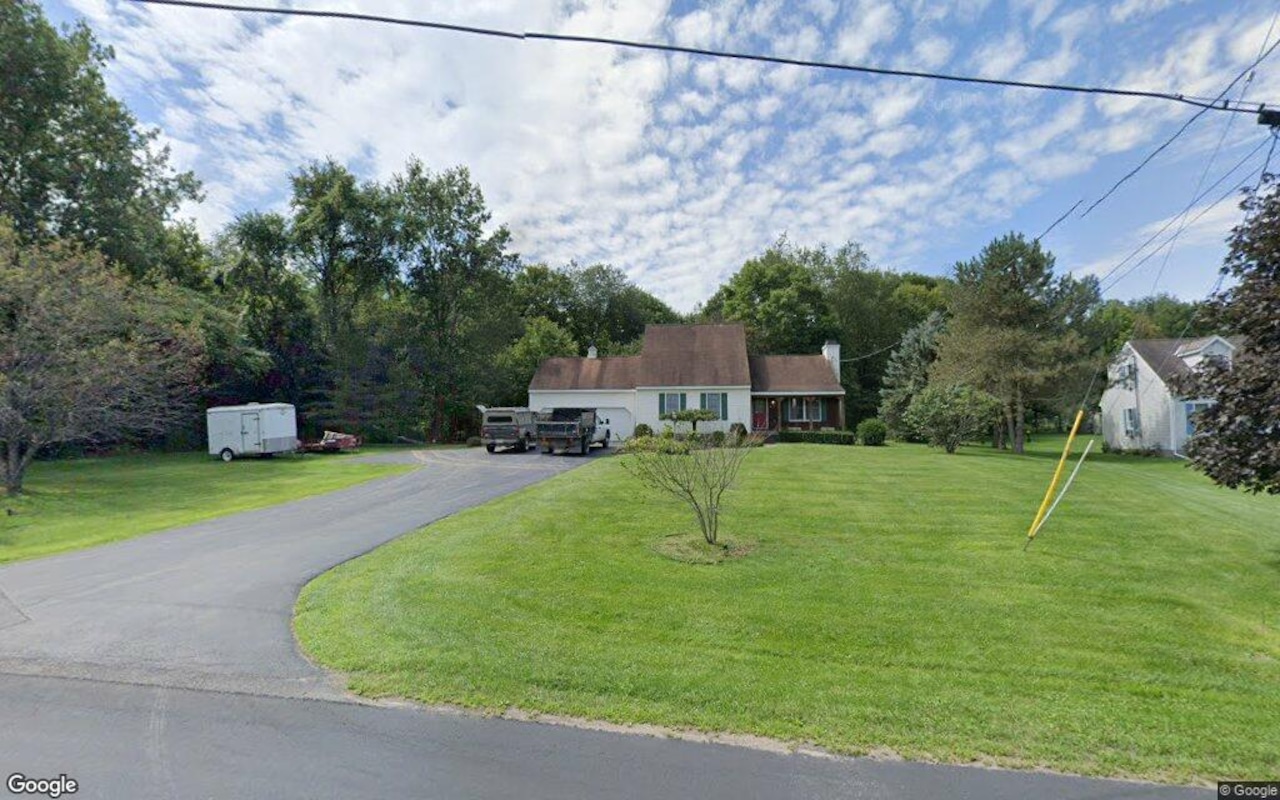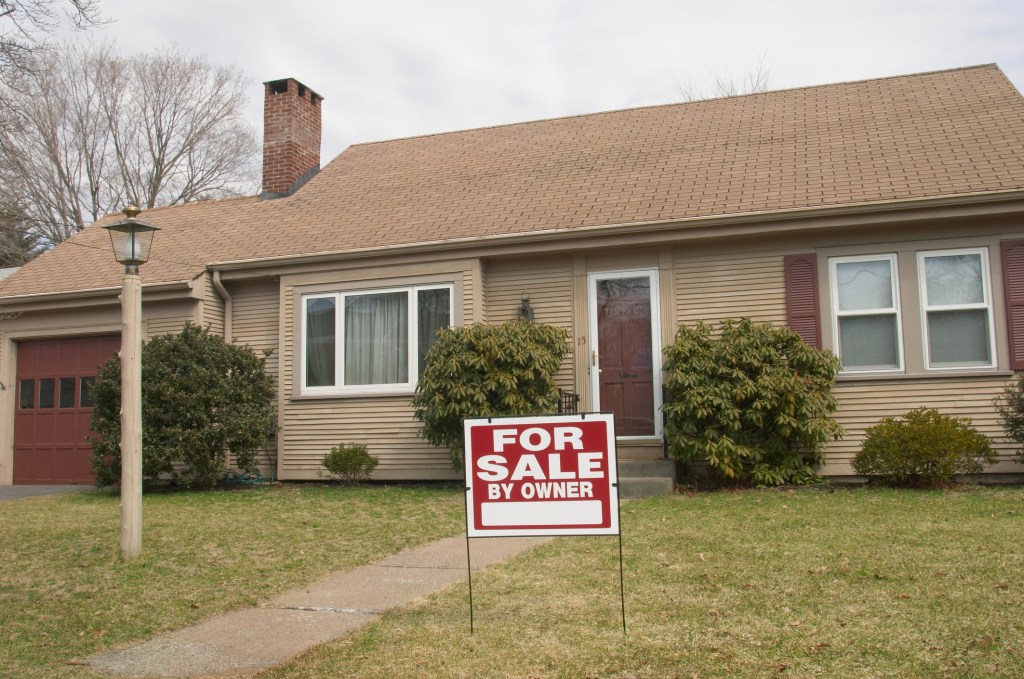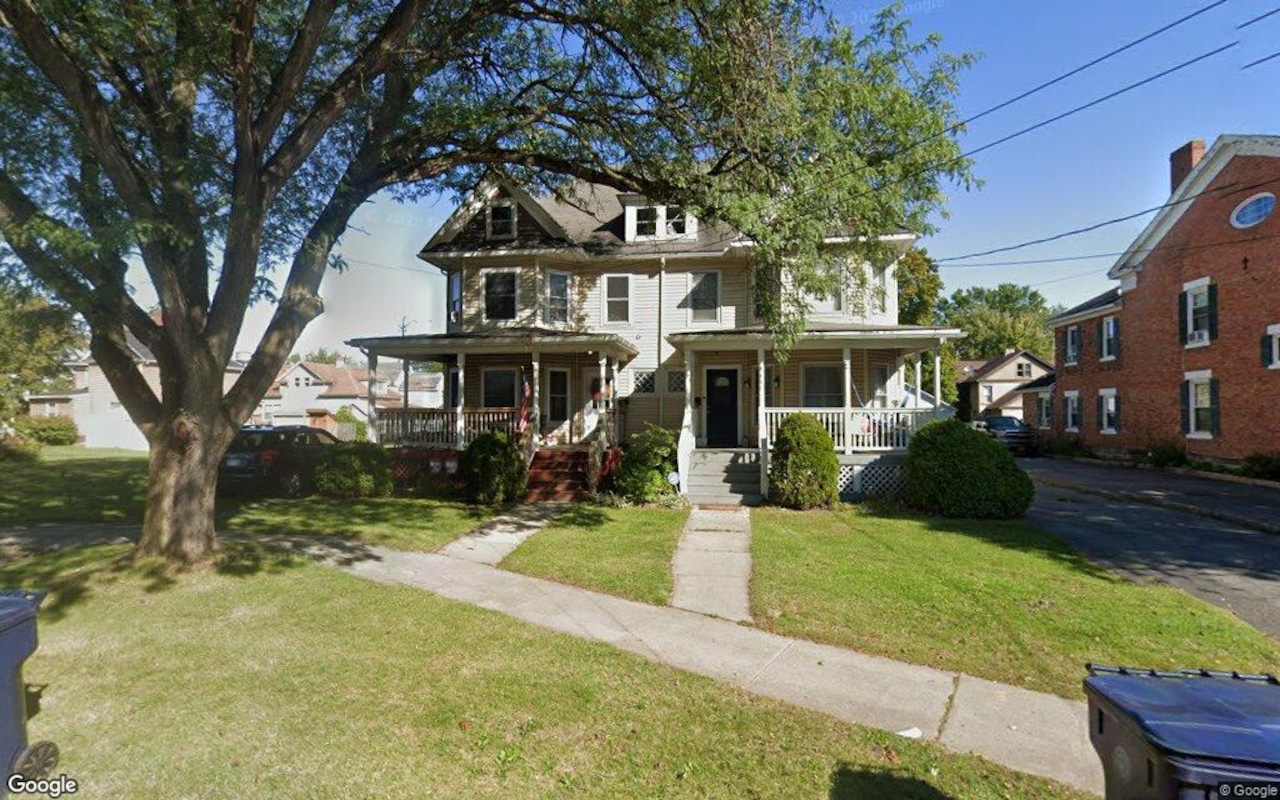H
ome prices reached a new high in June due to a persistent housing shortage despite high mortgage rates, which continue to make homeownership unattainable for millions of Americans.
According to the S&P CoreLogic Case-Shiller index released on Tuesday, home prices increased by 5.4% nationally compared to the previous year, down from May's 5.9% pace.
On a monthly basis, home prices rose by 0.2%.
Lisa Sturtevant, Bright MLS chief economist, stated that the upward pressure on home prices is making this the most unaffordable housing market in history. She emphasized that first-time and moderate-income home buyers are increasingly being left out of the housing market.
The 10-city composite, which includes Los Angeles, Miami, and New York, rose by 7.4% annually, down from May's 7.8%.
The 20-city composite, which also includes Dallas and Seattle, posted an annual gain of 6.5%, down from May's 6.9%.
All 20 major metro markets tracked by the index saw price increases.
New York had the largest price increase at 9% year-over-year, followed by San Diego and Las Vegas at 8.7% and 8.5%, respectively.
Portland, Oregon, saw the smallest increase at 0.8%.
The Case-Shiller index has a two-month delay, which means it may not reflect current market conditions.
Sturtevant noted that while mortgage rates have fallen since June, this decline has not been enough to bring buyers back into the market. Some buyers are waiting for both home prices and interest rates to decrease.
Several factors are driving the affordability crisis.
Years of underbuilding homes has led to a shortage of housing supply in the country, which was exacerbated by the rapid rise in mortgage rates and expensive construction materials.
Higher mortgage rates over the past three years have created a "golden handcuff" effect in the housing market, as sellers who locked in record-low mortgage rates of 3% or less during the pandemic are reluctant to sell, further limiting supply and leaving few options for potential buyers.
Economists predict that mortgage rates will remain high in 2024, and they will only start to decrease once the Federal Reserve begins cutting rates. However, rates are unlikely to return to their lows seen during the pandemic even then.
